All products featured are independently chosen by us. However, SoundGuys may receive a commission on orders placed through its retail links. See our ethics statement.
Active noise canceling (ANC) technology types explained
July 22, 2024
Active noise cancelation (ANC) technology is a staple of the modern headphone industry. While still not a basic feature, it’s no longer reserved for the most expensive headphones. In fact, you’ll find a decent selection of earbuds and even true wireless products sporting some form of noise canceling technology. However, as our reviews show, not all ANC implementations are equal.
In fact, there are quite a few different ways to implement ANC technology, each of which has implications for the quality and type of noise that a headset is good at canceling out. We’re going to explain the differences between these types and what they mean for your next headphone purchase.
Editor’s note: this article was updated on July 22, 2024, to update formatting and answer an additional FAQ.
How does active noise canceling work?
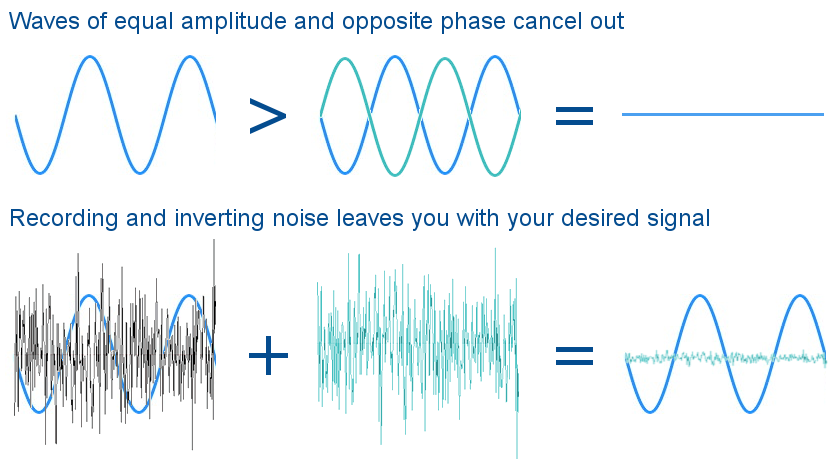
We’ve already covered how noise-canceling headphones work, and in a nutshell, noise cancelation is based on the principle of phase cancellation. Sound waves that are 180 degrees out of phase, or the inverse of one another, cancel out when summed together. Think of it as adding -1 to +1, and you end up with zero. The idea with noise cancelation is to record the background noise, invert the noise signal to create “anti-noise,” and then add it to your output signal, which includes your music. The anti-noise signal cancels out the actual background noise at the point it reaches your ear. The idea is surprisingly simple and dates back to the 1930s, but it’s easier said than done.
The biggest issue with ANC is sampling ambient sounds accurately enough to provide the maximum degree of attenuation. Microphones must capture the noise, and the phase of the cancellation waveform leaving the headphone drivers needs to perfectly line up with the phase of the noise when it reaches your ear. These systems need to be finely tuned, but even then, you won’t ever see 100% cancellation. Instead, between 20-40dB of noise reduction is quite common, which cuts the background noise level you hear to between one-quarter to one-sixteenth its original level. A considerable amount.
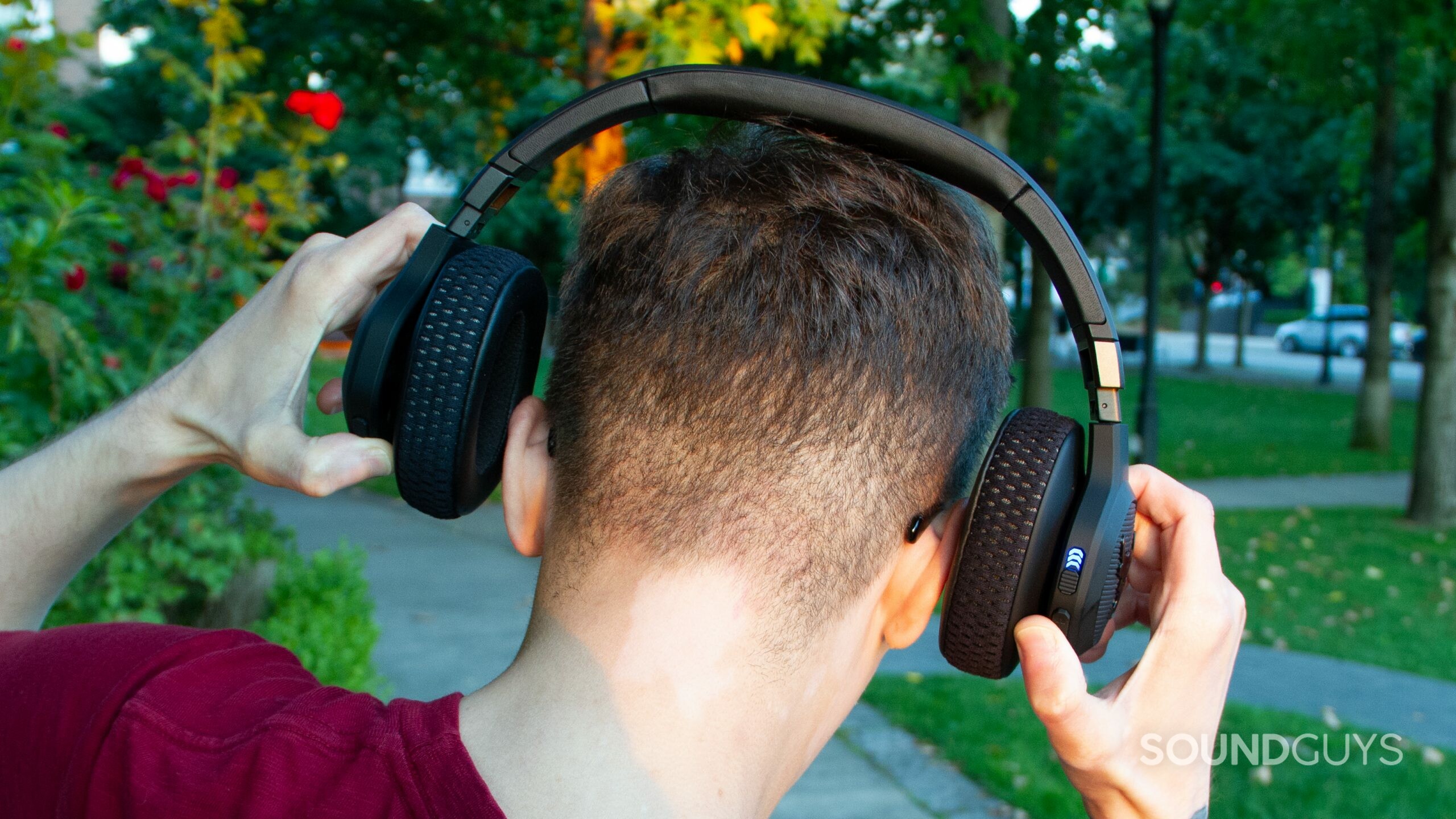
Another key point to consider is that the noise you hear on the inside and outside of headphones is very different. Compare the passive isolation of closed-back headphones versus earbuds, for example. This difference in sound capture substantially changes the quality and capabilities of active noise cancelation between the two types of headsets. This begs the question: Where do you best position the microphone to capture and cancel out noise? Outside the headphones, inside, or perhaps a little bit of both works best?
What is feedforward active noise canceling?
Feedforward ANC is, arguably, the simplest type of active noise cancelation. With feedforward technology, the noise-capturing microphones are placed on the outside of the headphones. This is pretty handy for ANC earbuds, where there is limited real estate for a mic inside the wearer’s ear.
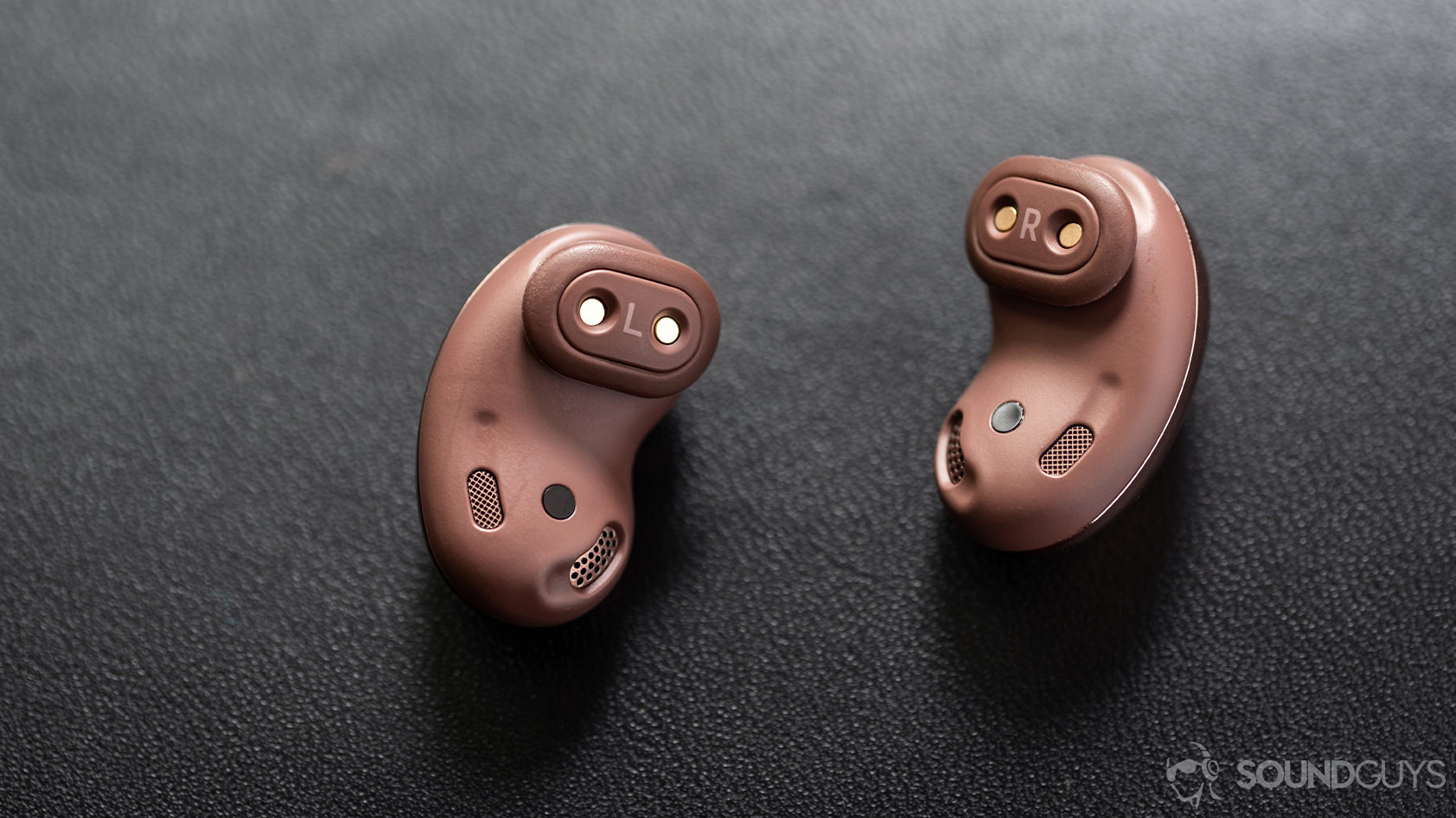
Feedforward ANC uses a digital signal processor (DSP) or dedicated ANC processing hardware to map the noise signal to what the user will actually hear on the inside of the headphones. However, it’s not as accurate as placing a mic inside the ear cup (something we’ve seen from premium headsets like the Bose QuietComfort 45 and Sony WH-1000XM4). Also, noise canceling properties change a bit between wearers. A loose fit, for example, may allow extra high-frequency noise to bleed through, which the processing can’t account for.
Placing the microphone outside the headphones has its share of pros and cons. The external microphone has the best noise sensitivity, making it good for mid-frequency noise canceling. As such, it can be used to isolate specific sounds, such as speech or traffic, for more advanced ANC and ambient sound control technologies. However, feedforward ANC is more sensitive to wind howl and other forms of incidental noise. These unpredictable noises may actually get amplified as they are not picked up inside the ear cup to be canceled out.
What is feedback active noise canceling?
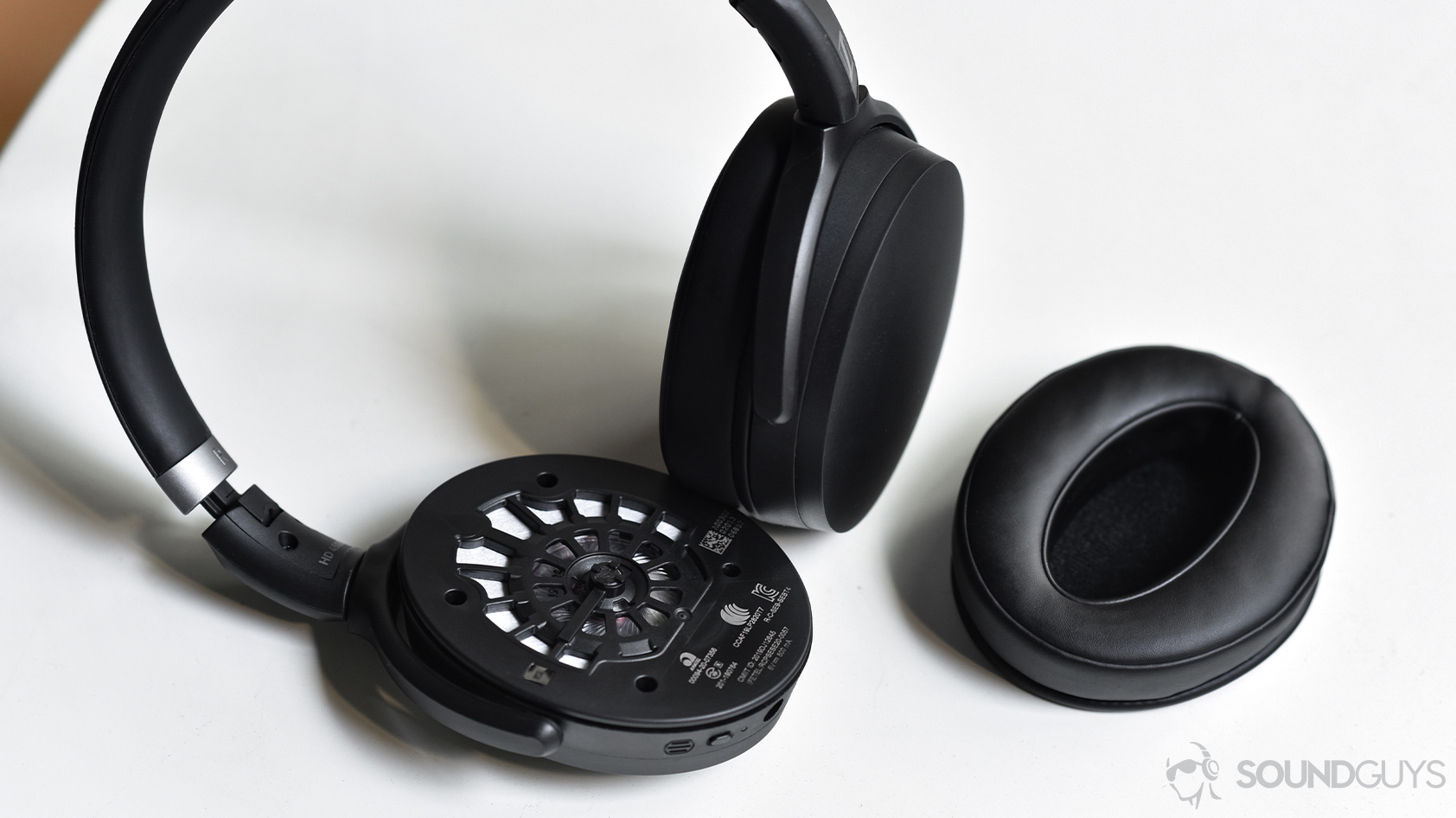
With feedback ANC, the microphone is located inside the ear cup or inside the wearer’s ear with earbuds. Picking the right place within the ear cup’s interior presents a new set of difficulties. The major benefit to feedback ANC is that noise captured by the microphone more accurately reflects the noise the wearer hears, regardless of the exact positioning and fit of the headphones. You can think of feedback ANC as a self-correcting mechanism. This also makes the headphones more resistant to wind howl, but devices can lose high-frequency noise canceling sensitivity, as less of this noise is likely to pass through the headphones from the outside.
This technology type still requires a processor to handle noise filtering. For instance, feedback noise canceling has to contend with the fact that the user’s audio (the wanted signal) is also likely to be captured by the internal microphone. This needs to be filtered out and corrected for the frequency profile of the headphones when they are worn.
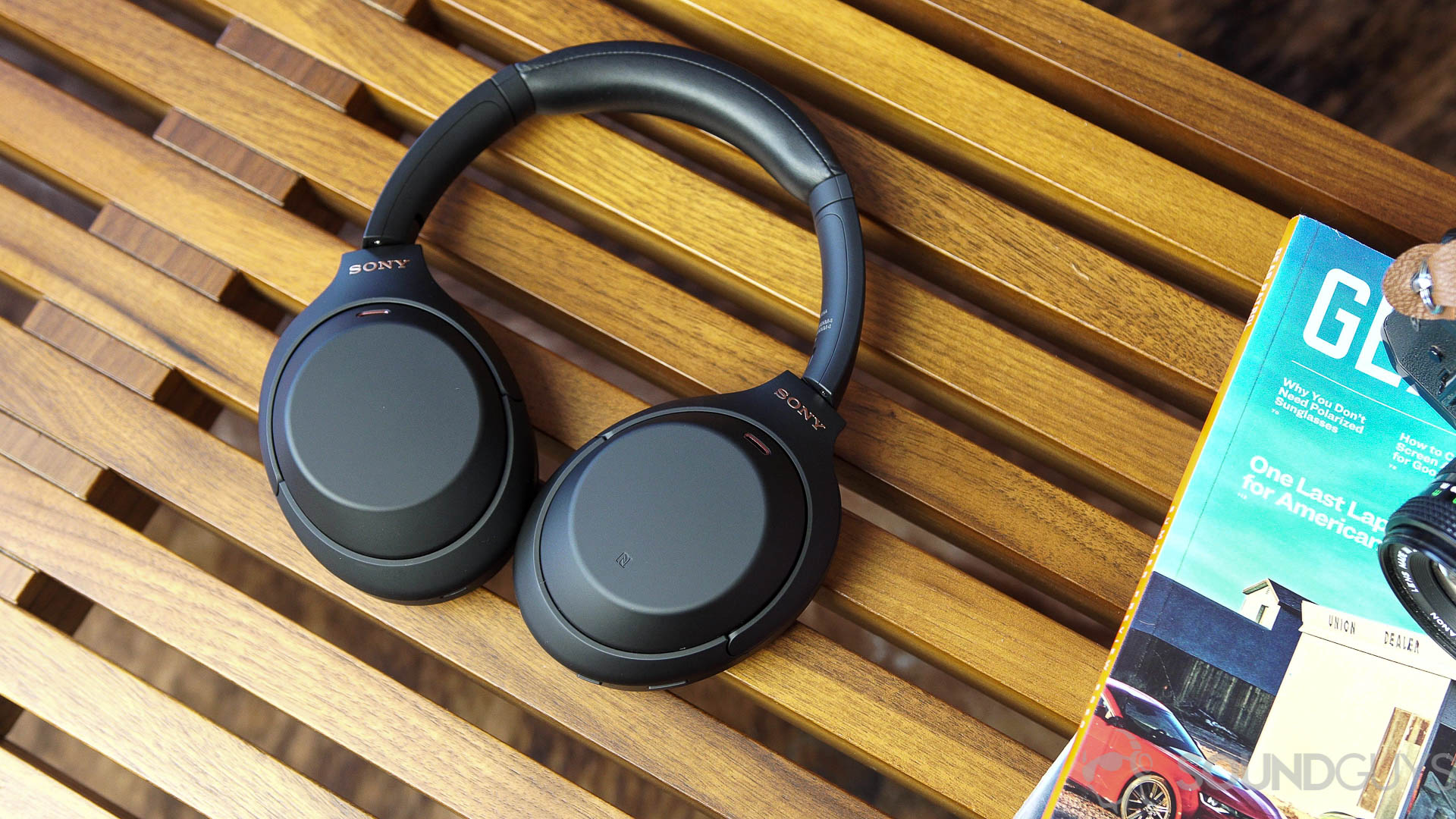
As with all feedback systems, runaway amplification can occur. There’s a small risk of the system picking up its own anti-noise signal and increasing the level of amplification in a bid to cancel it out; this can actually increase the amount of noise or even produce a ringing feedback sound. This is very rare but can happen in models that don’t take adequate precautions. There’s also less processing time with the feedback design, as it’s working on audio already very close to the ear. As such, feedback ANC is most effective at low frequencies, which have longer wavelengths.
What is hybrid active noise canceling?
Hybrid active noise cancelation offers the best of both worlds. As you may have guessed, it combines both feedforward and feedback microphones and processing to cover all the bases.
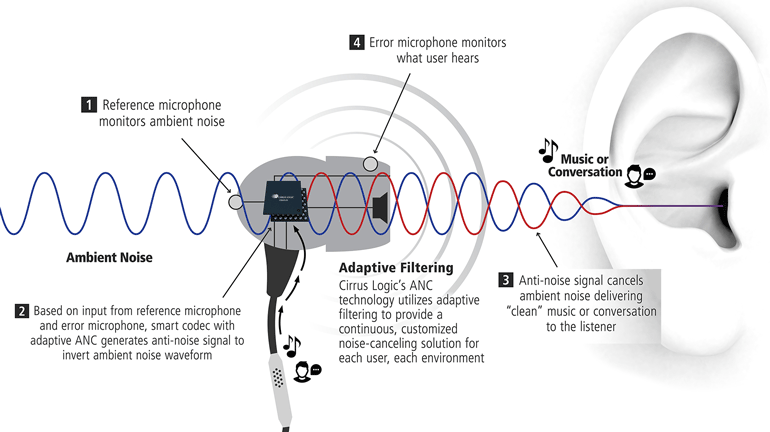
With hybrid technology, you’ll receive the best noise attenuation frequency coverage and the lowest chances of feedback issues. Furthermore, hybrid ANC can still be used for ambient noise and sound isolation features while retaining the benefits of accurate, tailored ANC.
The drawback is that hybrid ANC is more expensive. Not only are there two microphones but these microphones need to be of high quality to avoid introducing extra noise. Headphones also require more powerful dedicated processing hardware to handle the extra math. Developers also double up on all the frequency and performance testing to maximize noise canceling performance. These products make up the most expensive headphones on the market, but they offer the best quality ANC around.
Does noise canceling matter?
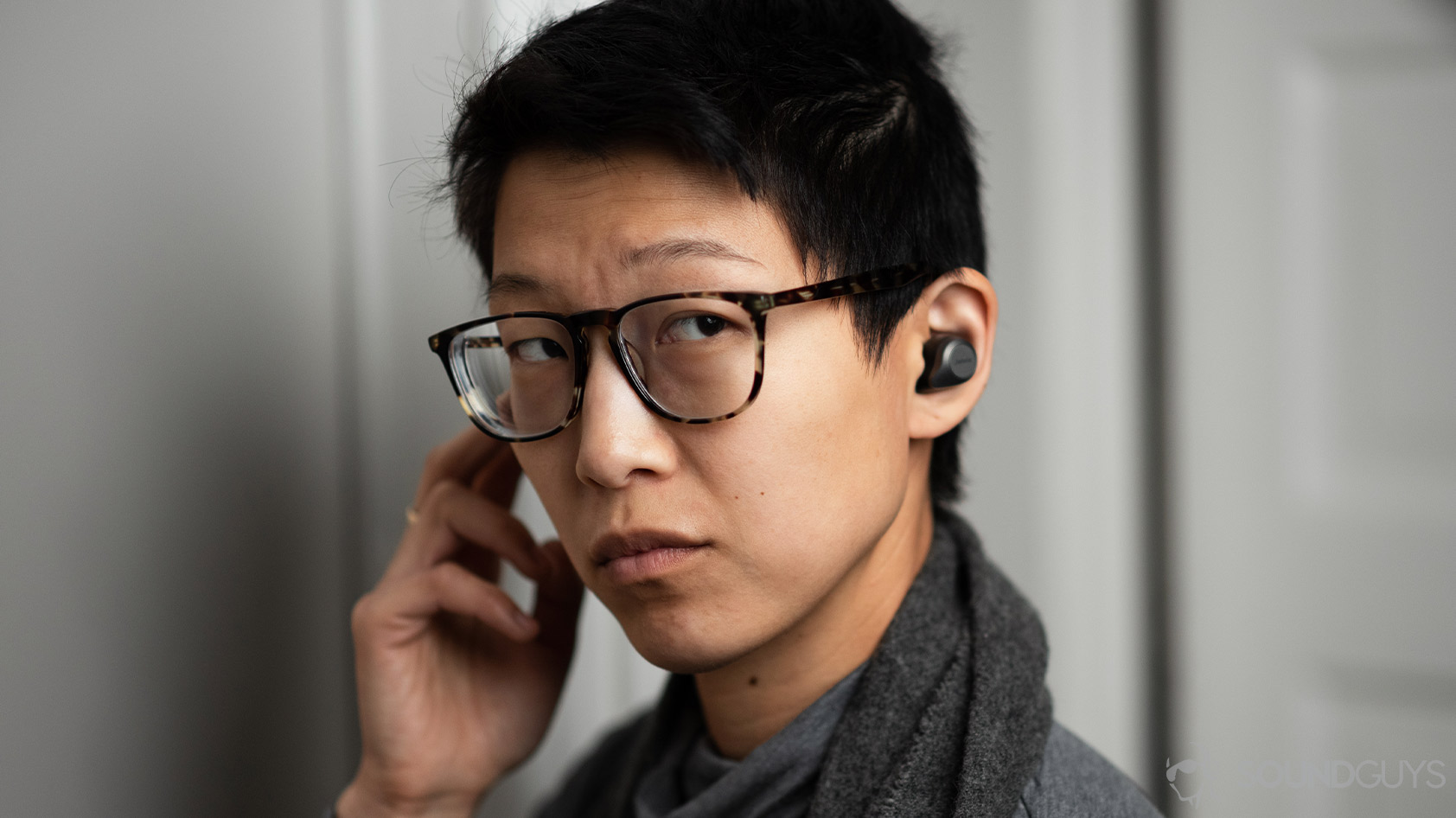
While manufacturers seldom talk about the ins and outs of their noise canceling technology, knowing more about the three main types can help inform your purchasing decisions. If you’re having problems with feedback or not enough high-frequency cancellation, you may want to switch from the feedback to the feedforward type. Alternatively, noise cancelation that seems a bit temperamental could be a sign to switch from feedforward to something else. While not an automatic guarantee of quality, keeping an eye out for hybrid ANC should ensure a nice, quiet listening environment free from issues.
Finally, keep an eye out for our noise canceling performance charts in our reviews. These give you the best picture of all about how headphones perform at canceling noise and can help us to infer a bit about the technology on board.
How do the different types of ANC compare?
Now that we’ve addressed that, here’s a handy table that summarizes the main points.
| Attenuation type | Mic location | Strengths | Weaknesses |
|---|---|---|---|
| Attenuation type Isolation (passive) | Mic location N/A | Strengths No extra power necessary Avoids sensory issues | Weaknesses Low end attenuation very poor |
| Attenuation type Feedback active noise cancellation | Mic location Inside ear cup | Strengths Better at canceling wind noise | Weaknesses Poorer high-end attenuation |
| Attenuation type Feedforward active noise cancellation | Mic location Outside ear cup | Strengths Better at canceling mids | Weaknesses Poorer incidental noise attenuation |
| Attenuation type Hybrid active noise cancellation | Mic location Outside and inside ear cup | Strengths Best of both types, drawbacks of neither | Weaknesses Usually more expensive |
| Attenuation type (Adjustable) active noise cancellation | Mic location | Strengths Allows you to turn down ANC effect | Weaknesses Requires interaction |
If you look at this table and conclude, “Hey, maybe I should find hybrid ANC headphones,” you’d probably not be surprised that these are becoming more common now that the market has had enough time to mature and grow as a segment. Headphones have needed to improve ANC performance to stay competitive, and that’s led to more and more manufacturers adopting a hybrid approach.
Frequently Asked Questions
Noise cancellation is generally not bad for your ears. In fact, it can be beneficial by protecting hearing through reduced exposure to loud ambient noise and allowing for lower listening volumes. For those with tinnitus, it can help manage symptoms. However, some people may experience side effects like dizziness or headaches, though these aren’t directly harmful to the ears. If you experience discomfort, try reducing ANC intensity or using less powerful noise-cancelling headphones.
Less effective than you want, most likely. Active Noise Cancellation (ANC) systems work best on droning sounds that are constant in frequency and intensity. Because quick, irregular sounds like music sounds and people talking are over with long before your headset can calculate how to cancel them, the only noise attenuation your ANC headset will offer against annoying coworkers/TV noise is simply what sound they can physically block out.
Yes. If you use different earpads on your headphones, you can alter the performance of the isolation quite considerably. Namely, pads will often use different materials that can change how well they fit your head, or they may be able to physically block outside noise better. If you want better noise attenuation performance from your headphones, pads may be a way to ensure a better fit—and, thus, better performance.
No feature is without its cost, and ANC often means a drain on battery life, higher cost of products, and a more difficult time hearing important cues in the world around you.